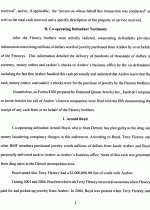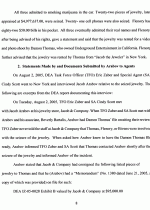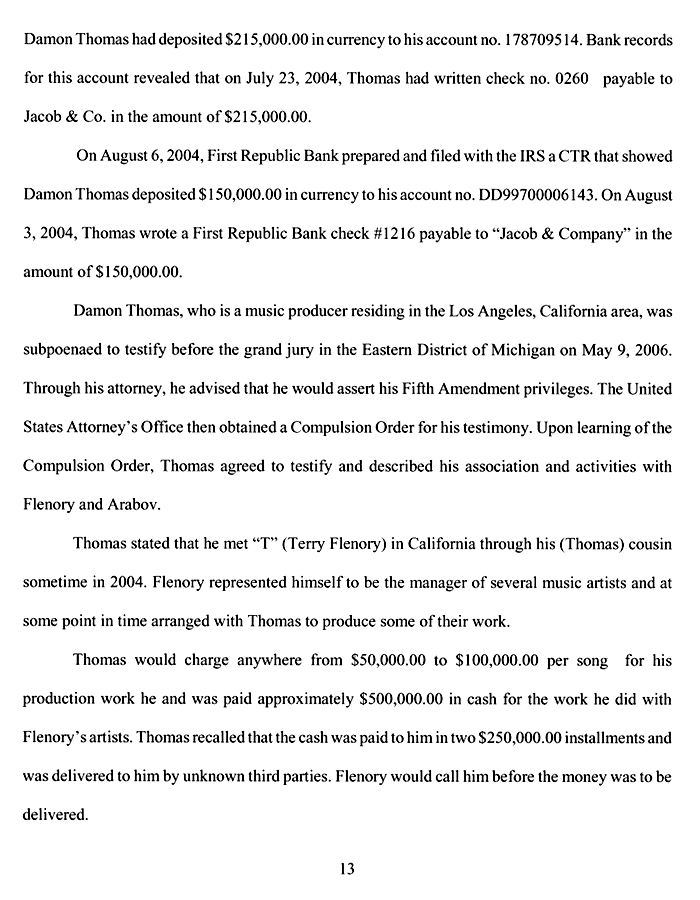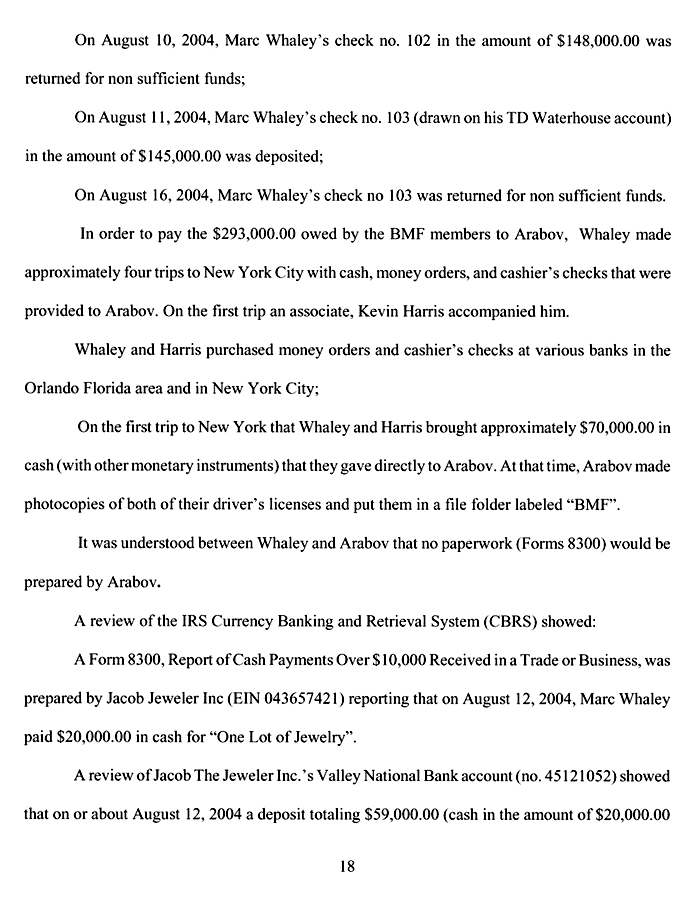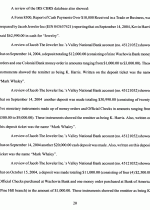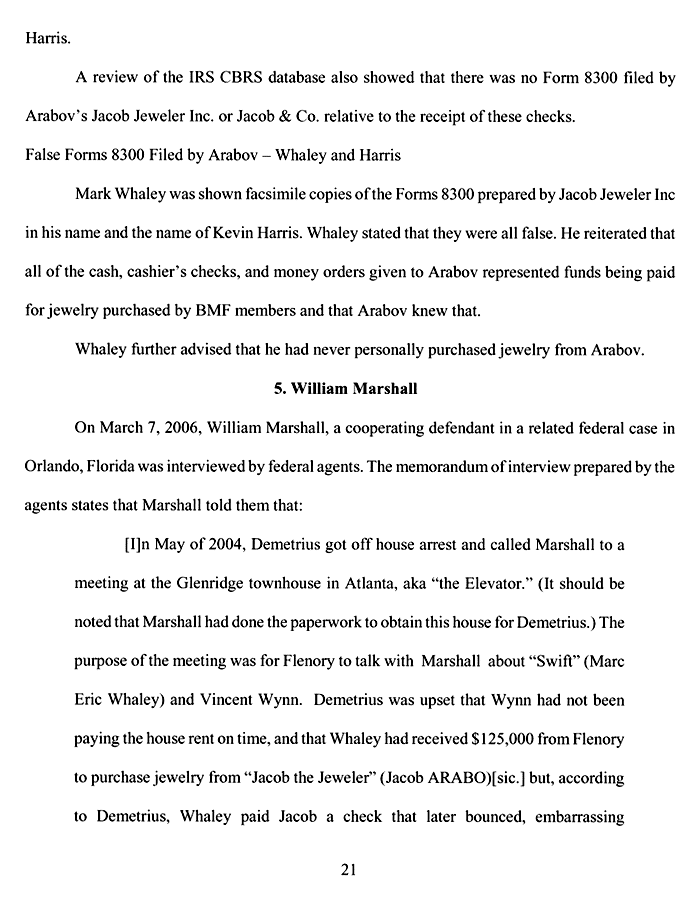The Case Against Jacob The Jeweler
Prosecutors detail money laundering rap against King of Bling

View Document
The Case Against Jacob The Jeweler
-
The Case Against Jacob The Jeweler
-
The Case Against Jacob The Jeweler
-
The Case Against Jacob The Jeweler
-
The Case Against Jacob The Jeweler
-
The Case Against Jacob The Jeweler
-
The Case Against Jacob The Jeweler
-
The Case Against Jacob The Jeweler
-
The Case Against Jacob The Jeweler
-
The Case Against Jacob The Jeweler
-
The Case Against Jacob The Jeweler
-
The Case Against Jacob The Jeweler
-
The Case Against Jacob The Jeweler
-
The Case Against Jacob The Jeweler
-
The Case Against Jacob The Jeweler
-
The Case Against Jacob The Jeweler
-
The Case Against Jacob The Jeweler
-
The Case Against Jacob The Jeweler
-
The Case Against Jacob The Jeweler
-
The Case Against Jacob The Jeweler
-
The Case Against Jacob The Jeweler
-
The Case Against Jacob The Jeweler
JANUARY 23--Details of the criminal case against Jacob the Jeweler, the entertainment world's so-called King of Bling, have emerged in a new government filing that portrays the businessman as an active participant in a money laundering scheme hatched by members of Detroit's Black Mafia Family drug gang. Jacob Arabov, federal prosecutors allege, helped launder millions for BMF members, fabricated IRS documents, and conspired with gang members to cover up their illegal actions. The case against Arabov, 41, is detailed for the first time in a brief filed last week in U.S. District Court in Detroit. An excerpt from that document can be found below. According to prosecutors, testimony about Arabov's dealings with BMF has come from six sources, including four men who have pleaded guilty to related drug and money laundering charges. But the key witness against Arabov (pictured at right with Sean Combs) may be Damon Thomas, an A-list music producer who, as one half of the Underdogs, has worked with Justin Timberlake, Beyonce, and Mary J. Blige. Thomas also recently co-produced the 'Dreamgirls' soundtrack album and will soon enter the studio to record Whitney Houston's comeback album. According to the government brief, Thomas initially balked at testifying last May, but relented when presented with a judicial compulsion order. Thomas then told grand jurors that he met Arabov in 2004 through BMF leader Terry Flenory, who fashions himself as a music manager. During a 2005 meeting at Arabov's residence, Thomas testified, he agreed to sign a fraudulent document (prepared by the jeweler) in a bid to help recover about $1 million in jewelry that had been seized from BMF leaders during a police traffic stop. He also testified that other documents prepared by Arabov and presented to federal drug agents were misleading or 'completely false.' Arabov, who has been accused of failing to report to the Internal Revenue Service cash transactions exceeding $10,000, faces a maximum of 20 years in prison if convicted of money laundering. According to government witnesses, BMF members initially drove to New York from Detroit to deliver cash to Arabov at his Manhattan office, where they purchased items like a $300,000 pinky ring. But since Arabov's wife did not like the large BMF posse in the jewelry store, Arabov 'began meeting Terry [Flenory] in hotel rooms,' according to BMF member Eric Bivens, who is quoted in the government filing. Marc Whaley, a businessman who has pleaded guilty to felony charges and is cooperating with prosecutors, told investigators that he met with Arabov in mid-2004 as part of a BMF scheme to launder $293,000 used to purchase jewelry. The money was to be washed through his checking account, Whaley said, adding that Arabov told him that 'the government was on his back' and he could not 'take any more large amounts of cash.' Charles Parson, a convicted BMF courier, has told federal agents that he delivered money on Flenory's behalf to Arabov's store, where he turned over the cash to the jeweler in a private office. 'Parson said he was never given a receipt, signed any documents, or observed anyone count the money,' reported prosecutors. (21 pages)



